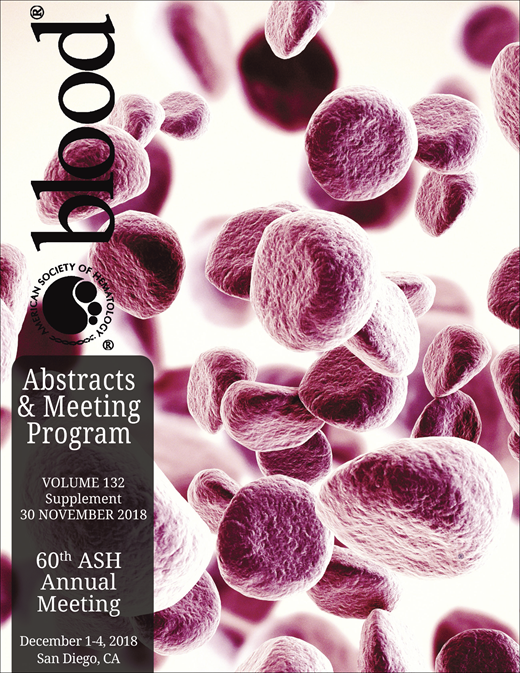Abstract
Aging and inflammation are independent risk factors for thrombosis and for the development of cardiovascular disease (CVD). Both conditions are characterized by varying degrees of chronic inflammation, mostly due to elevated levels of proinflammatory cytokines such as TNF-α, IL-1ß and IL-6. Furthermore, a significant proportion of thrombotic events associated with these conditions contribute to the elevated morbidity and mortality in this age group.
With an expected significant rise in the proportion of older adults over 65 years of age within the next 30 years, it is important to identify the mechanisms by which aging-associated inflammation promotes thrombosis and worsens CVD. Our work has focused on the identification of key aging-associated factors that impact platelet development and function and that result in platelet hyperreactivity. We hypothesize that aging-associated inflammation promotes megakaryocyte reprogramming and results in the development of platelet hyperreactivity increasing the thrombotic risk during aging.
Functional characterization of platelets by flow cytometry and microfluidic assay from young (mean age 35± 5 years of age) and aged frail adults (mean age 78±8) as well as from young (2 months) and old (>18 months) mice showed that platelets from old mice and humans are more reactive, demonstrated by increased aIIbb3 activation and phosphatidylserine exposure, and form larger thrombi under flow conditions when compared to platelets from young mice and human. Moreover, this platelet hyperreactive phenotype can be promoted in young mice after daily injections of TNF-α. In addition, TNF-α receptors I and II deficient mice (p55/p65 KO) do not develop platelet hyperreactivity after being injected with TNF-α, suggesting that sustained inflammation by TNF-α is a key promoter of platelet hyperreactivity in acute and chronic TNF-driven inflammation. Similarly, age-associated platelet hyperreactivity in old mice can be abrogated by the use of anti-TNF-α antibodies in vivo.
Single-cell RNA-seq analysis of native megakaryocytes from young and old mice revealed significant differences in metabolic and mitochondrial gene pathways. Top differentially regulated pathways between young and old megakaryocytes are: a) protein ubiquitination; b) mitochondrial dysfunction and c) oxidative phosphorylation. Further investigations showed that platelets from old mice exhibit significant mitochondrial dysfunction characterized by elevated mitochondrial mass and oxygen consumption during activation. Finally, we show that platelets from patients with myeloproliferative neoplasms (MPN), characterized by somatic mutations that favor clonal hematopoiesis, elevated TNF-α levels, increased incidence of thrombo-hemorrhagic events and often, thrombocytosis, exhibit a similar mitochondrial phenotype as the one observed in aged murine platelets, suggesting that the high TNF-α levels associated with MPNs may play a significant role in the previously described platelet hyperreactivity of MPN.
No relevant conflicts of interest to declare.
Author notes
Asterisk with author names denotes non-ASH members.

